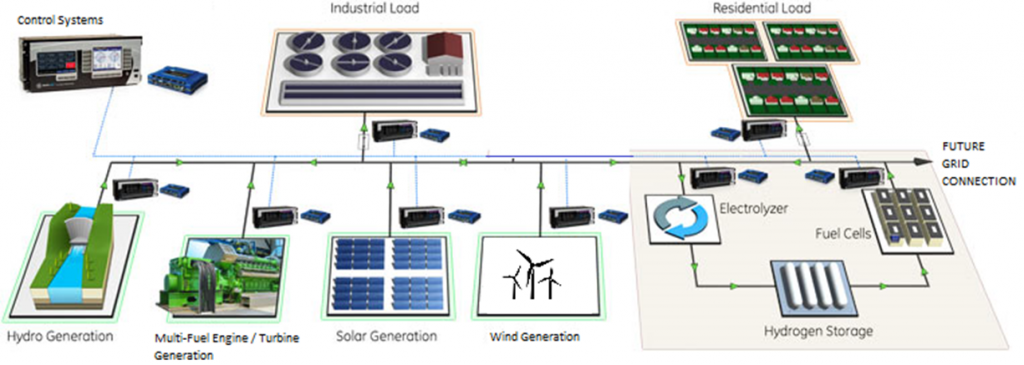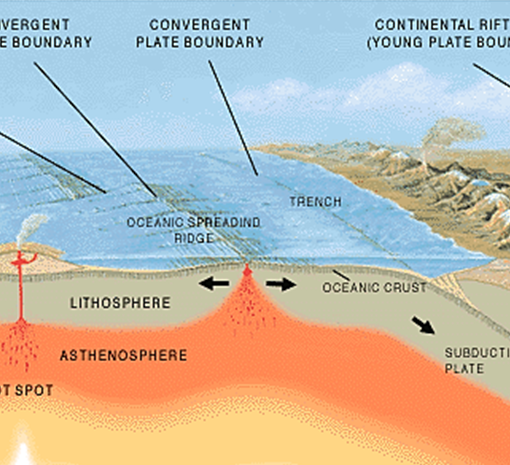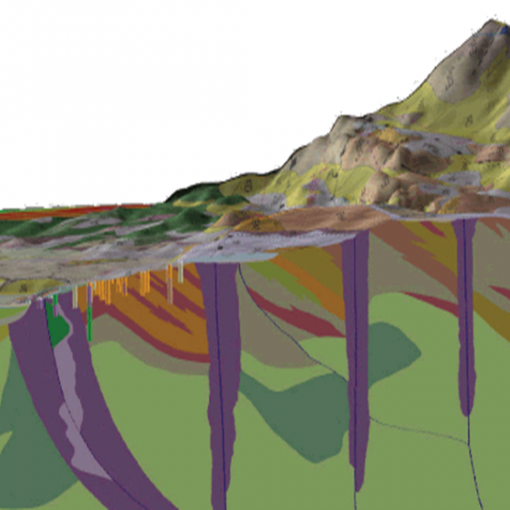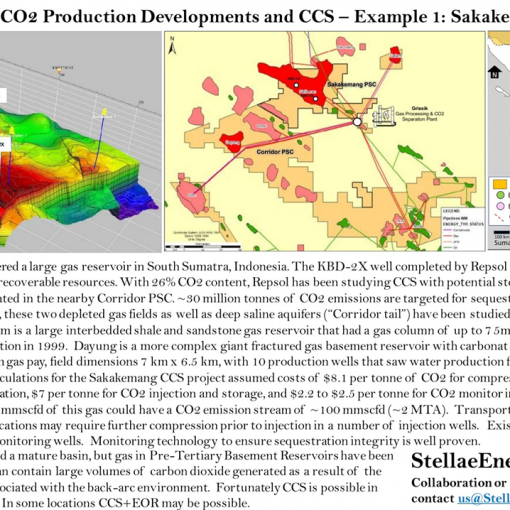Australia is a large country with vast distances between remote communities and national grids. There is a shortage of long-distance electricity transmission lines, so these remote communities have had to rely on Distributed Power Generation which was historically Coal, Heavy Fuel Oil (HFO), or Diesel powered. With the Energy Transition, these remote communities are considering their Renewable power options. Hybrid Microgrids are an attractive option to increase the use of Renewables whilst maintaining grid stability and reliability.
Australia is a diverse continent with a range of climates, economies, and living standards. It is 7.7 million square kilometres; bigger than Europe but slightly smaller than the US. The distance from North to South is ~8,000 kilometres. From East to West, the distance is ~7,400 kilometres.

The Köppen Climate Map illustrates climatic regions with varying amounts of cloud cover, precipitation and wind energy distribution.

Australia has a complicated climate with good Solar Power potential in many areas, but Wind Power potential is more challenging in some areas.


Remote Communities in Australia
30% of Australia’s Conventional Power Generation is Diesel powered, and much of this Diesel power is in remote locations. Approximately 2% of Australia’s population (500,000 out of 25 million) live in off-grid locations.[3] Over 100,000 Indigenous people live in these remote communities.[4] Many of these Indigenous communities have power restrictions with older, less capable Diesel power facilities. There are ~180 Indigenous communities in Western Australia, of which ~53 is serviced by the regional government-owned Horizon Power: 7 have Solar Power already, with 6 more Solar Power installations in progress. However, ~117 outstations are still Diesel powered. Horizon Power has identified ~15,000 sites to be better supplied off-grid power (~1.5% of customers). A 2016 Centre for Appropriate Technology (CfAT) survey of 401 of the Northern Territory’s 630 homelands and outstations found that 104 (26%) had a hybrid power supply combining Solar and Conventional Power Generators, 58 (14%) had Solar, 92 (23%) had Conventional Power Generator only, 90 (22%) had access to the main grid, and another 55 (around 14%) had no power at all.[5] Along with high costs to transport Diesel fuel to remote locations, there are high GHG emissions. Renewables, particularly more Solar Power in hybrid microgrids, offer a better solution now. Improved electrical access will improve health and living standards and support educational and economic development.

Renewable Power for Remote Communities
The preceding maps of Solar radiation (Solargis) and Wind energy (Global Wind Atlas) show that northern Australia (including part of Western Australia and Northern Territory) appears to have good Solar potential but reduced Wind potential. Central Australia (with part of Western Australia and Northern Territory) appears to have good potential for Solar and better potential for Wind.
From experience, the intermittency of these Renewables means that hybrid solutions with both types combined with Energy Storage Systems (e.g. Lithium-ion or Lithium Iron Phosphate (LFP) batteries for short duration storage and grid stability). Depending on local conditions, long-duration storage may also be applicable (e.g. Hydrogen P2G2P).
A review of Solargis’ Photovoltaic Electricity Potential maps gives relevant Solar Power data[7]. Solargris’ maps provide long-term averages of daily/yearly potential electricity production from a 1 kW Solar PV power plant. The assumed PV system configuration consisted of ground-based, free-standing structures with crystalline-silicon PV modules mounted at a fixed position, with optimum tilt to maximize yearly energy yield. The use of high efficiency inverters is assumed in their maps.
A review of Global Wind Atlas wind maps gives some more relevant Wind Power data[8]. Global Wind Atlas’ maps provide Mean Wind Speeds able to be used with a typical Wind Turbine Power Curve – in this example it was assumed to be the GE 1.7-100 Wind Turbine. The assumed number of Wind Turbines can be calculated from this information.
For an assumed medium sized remote community with residential, some businesses, and small industrial users, the assumed power demand requirement would vary over the course of the 24 hours and for this example the nominal demand and supply targets could be as follows (below left). If Wind Power contribution is not economic, more Solar Power generation would be needed with an increased Energy Storage System (e.g. Hydrogen P2G2P) (below right) to provide power when no Solar is available (night time).

- Peak demand ~5 MWp; Average demand ~4 MW x 24 hours x 365 days = 35,040 MWh = 35,040,000 kWh total power needed= MWhreqd (split in some percentage between Solar and Wind);
- Solar:
- Mixed Solar Scenario: assume Solar 8 MWp required x 24 hours x 365 days = MWhSolar (day time);
- Assume 1 MWp plant requires 2632# x 380 W Solar PV panels; and 1 hectare for 1 MW;
- Cost of PV panels ranges, but $0.37/W for a 380 W panel delivered is conservative;
- Cost of Solar PV panels is assumed to be ~1/2 of the Gross Cost of a Solar PV Farm (on this scale);
- Wind:
- Mixed Wind Scenario: calculate MWp required (from MWhreqd-MWhSolar, all day and night);
- Wind Only Scenario: calculate MWp required (from MWhreqd, all day and night);
- Assuming the required number of turbines is MWp/(Turbine Applicable MWp @ Mean Wind Speed);
- Mean Wind Speed for this example to be assumed to correspond to “50% of windiest areas”;
- Wind Farm Size varies according to land topography and access constraints, but an average value of 1 hectare / Wind Turbine has been suggested;
- Market cost of Wind Turbines have been changing rapidly, but $2MM for a GE-1.7-100 Wind Turbine delivered is used (~$1.1MM/MW);
- Delivered Cost of Wind Turbines are assumed to be ~1/2 of the Gross Cost of a Wind Farm;
- If Mean Wind Speed is not high enough, the Wind Power Scenario may not be economic;
From the preceding assumptions and data, two representative areas were selected:

For this example, Mixed Wind Power was not as economic as Solar Power only – the Mean Wind Speed was not high enough to reduce the number of Wind Turbines sufficiently to be cost effective. Local topography and wind data could be investigated to see if mountain or hill ridgelines were available for siting Wind Turbines in areas of higher wind speeds (up to “Idealised Wind” case above). Hybrid schemes are more resilient and Wind Turbines have been used across Australia. Solar Power does however appear to be the most important Renewable contribution for these regions.
Added to these costs would be the cost of a high capacity, long-duration Energy Storage System (e.g. Hydrogen P2G2P). It is also possible that a hybrid power generation system for some locations could include small amounts of Conventional Power Generation (e.g. road transported CNG, LNG, or LPG Gas fired engine power generators).

Role of Clean Gas Power Generation in Energy Transition
As you can see in the preceding sections, Solar and Wind Renewables are challenged in some parts of Australia due to unfavourable prevailing climate conditions and current costs of the equipment. Other types of Renewables may be applicable in the future with more technological advancement and development work. In the meantime, Clean Gas Power Generation could have an important role in the Energy Transition from other more carbon intensive fuels like Coal, Heavy Fuel Oil (HFO) and Diesel. Clean Gas Power Generation emits fewer GHG and other pollutants and it has been characterised as a “bridge” in the Energy Transition and a key part of the “energy mix”.[9] Political and market challenges however remain in both countries.
Australia has good Renewables penetration, with larger remote communities and extractive industry sites having Distributed Power Generation, including some Hybrid Microgrids. Numerous smaller remote Indigenous communities however are challenged with really high electricity bills and they have been working with the government to seek cheaper, cleaner power to mitigate energy poverty. Unfortunately, domestic Natural Gas prices (~$4.50/GJ[10]) are controversially higher than LNG export pricing[11] and domestic supply is somewhat constrained, which disincentivizes some domestic users to switch to Clean Gas. Diesel is much more expensive on an equivalent energy basis, but relative engine efficiency slightly reduces the differential. The Australian government supports increased Clean Gas usage instead of Diesel.[12]
Australia have good reserves of Natural Gas across the country, so it should be available in some form. Clean Gas can mean Methane in some form (i.e. Pipeline Gas, Compressed Natural Gas (CNG), Liquified Natural Gas (LNG)), or Liquified Petroleum Gas (LPG) including Butane and Propane. Depending on the type of end user and the distance from Gas reservoir source (or processing plant) to market, each type of Clean Gas will likely find a good application across these countries. A shortage of long-distance Gas transmission pipelines and Electricity Distribution transmission lines to these remote areas means that some local power solutions would be relevant. Hybrid Microgrids are a good solution to combine Clean Gas Power Generation with Renewables. The Clean Gas component can mean road transported CNG, LNG, or LPG to Distributed Power Generation plants. These plants would be linked, as shown below, to the Renewables in Hybrid Microgrids to support Industrial, Commercial, and Residential users. Investors need to support these hybrid solutions to deliver better environmental, health, and developmental outcomes, particularly for remote Indigenous communities in Australia.


[1] https://solargis.com/maps-and-gis-data/download/australia
[2] https://globalwindatlas.info/en/area/Australia?print=true
[3] https://arena.gov.au/renewable-energy/off-grid/
[4]https://www.researchgate.net/publication/319947576_Working_Together_with_Remote_Indigenous_Communities_to_Facilitate_Adapting_to_Using_Energy_Wisely_Barriers_and_Enablers
[5] https://renew.org.au/renew-magazine/solar-batteries/powering-indigenous-communities-with-renewables/
[6] https://www.ausstats.abs.gov.au/ausstats/subscriber.nsf/0/499711EC612FF76ECA2574520010E1FE/$File/communitymap.pdf
[7] https://solargis.com/maps-and-gis-data/download/africa
[8] https://globalwindatlas.info/
[9] https://www.atlanticcouncil.org/blogs/new-atlanticist/gas-in-the-energy-transition-bridge-or-the-destination/
[10] https://treasury.gov.au/sites/default/files/2019-03/360985-Gas-Energy-Australia.pdf
[11] https://www.petroleum-economist.com/articles/midstream-downstream/lng/2020/australian-regulator-sounds-alarm-over-domestic-gas-prices




